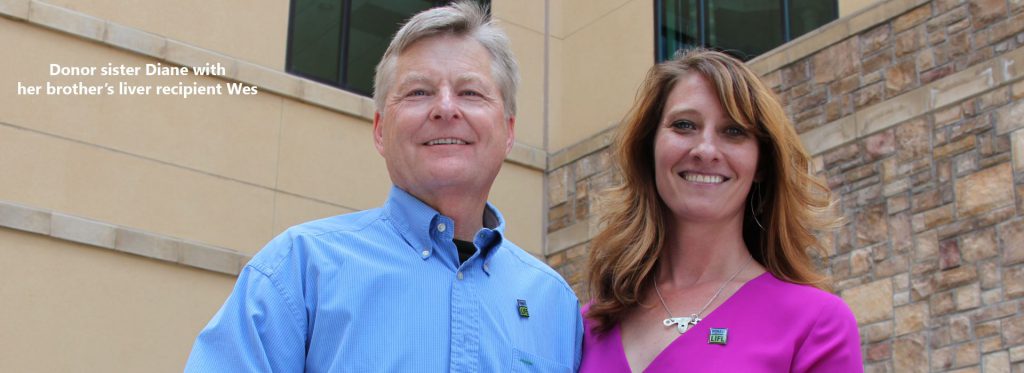Corresponding with Recipients
Suggestions for What to Include in Your Letter

When to reach out – and what to share – are very personal choices. There is no period of time that is too soon or too late, you are encouraged to write when you feel ready. You can be specific or general in your letter – a recipient knows very little about their donor, and anything you choose to share will be appreciated. What you say and how you say it are not as important as the sentiment behind your intention. If you are struggling with what to write, here are some suggestions.
Information you may wish to include:
- Your loved one’s first name, age, occupation, hobbies, and/or interests
- Information about your family: marital status, children, grandchildren, etc.
- A favorite story or memory of your loved one
- How the decision to donate has impacted you
- Your hopes for the recipient, including wishes for a reply
- You are welcome to include a photo
In closing your letter, you can sign your name, note your relationship to your loved one, or if you wish to remain anonymous, consider signing your letter with only your first name or “Your Donor’s Family.”
Donor Alliance does not have any restrictions on what you can include, however, the recipient’s transplant center may limit what information can be shared, and they may redact identifying or contact information according to their policies when forwarded.
Your letter may be as short or long as you like. If you are finding it difficult to find the words to express your feelings, consider asking a family member or friend to write the letter on your behalf. A simple greeting card can be just as meaningful as a long letter.